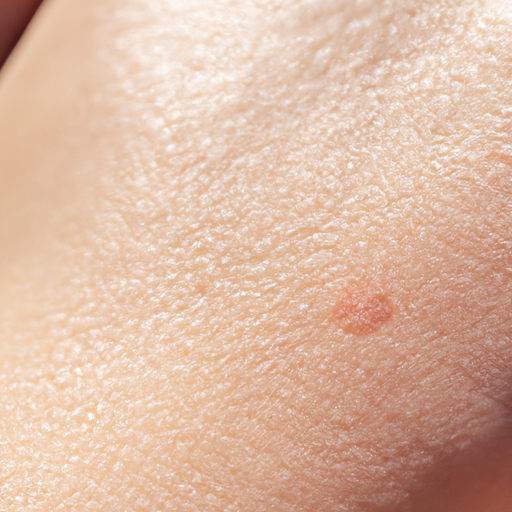Dry skin, also known as xerosis, is a common condition that affects millions of people worldwide. It’s characterized by a lack of the appropriate amount of water in the most superficial layer of the skin, the epidermis. While dry skin can affect any part of the body, it’s most commonly observed on the hands, arms, and legs. In this article, we will explore effective treatments for dry skin to help you banish those pesky flakes.
The first step in treating dry skin is understanding its causes. Dry skin can be a result of environmental factors such as weather, indoor heating, hot showers, harsh soaps, and certain medications. It can also be due to underlying health issues like diabetes, hypothyroidism, malnutrition, or skin conditions such as eczema or psoriasis.
Once the cause is identified, an effective treatment plan can be formulated. The cornerstone of dry skin management is hydration and moisturization. Moisturizers work by trapping water in the skin, which makes it look smoother and healthier. They come in various forms – ointments, creams, lotions, and gels. Ointments and creams are more effective and less irritating than lotions. Look for products that contain oil rather than water as their first ingredient. Ingredients like hyaluronic acid, glycerin, lactic acid, urea, and lanolin are also beneficial.
Applying moisturizer immediately after a bath or handwashing can help lock in moisture. However, remember to limit your bath or shower time to 10 minutes and use warm rather than hot water. Using a gentle, fragrance-free cleanser instead of soap can also prevent skin dryness.
In addition to topical treatments, consider lifestyle modifications. A diet rich in essential fatty acids can improve skin hydration. Foods high in omega-3s such as fish, walnuts, flaxseeds, and chia seeds are excellent choices. Drinking plenty of water also helps keep the skin hydrated from the inside out.
Humidifiers can add moisture to dry indoor air, especially during winter when indoor heating can exacerbate dry skin. Also, protect your skin from harsh weather conditions by wearing appropriate clothing. In cold weather, wear layered clothing and use gloves to protect your hands.
In cases where dry skin is caused by an underlying health condition, treating that condition can help improve the skin. For instance, if hypothyroidism is causing your dry skin, treating it with appropriate medication will likely improve your skin’s health.
Lastly, it’s crucial to consult a dermatologist if your skin doesn’t improve despite your efforts, or if it becomes red, itchy, or inflamed. Persistent dry skin can lead to complications like eczema or bacterial infections. A dermatologist can assess your skin condition and recommend treatments such as prescription creams or ointments, light therapy, or other procedures.
In conclusion, while dry skin can be a nuisance, it’s usually manageable with the right skincare regimen and lifestyle modifications. Remember, the key to banishing the flakes is keeping your skin hydrated and moisturized. If you’re struggling with persistent dry skin, don’t hesitate to seek professional help.



